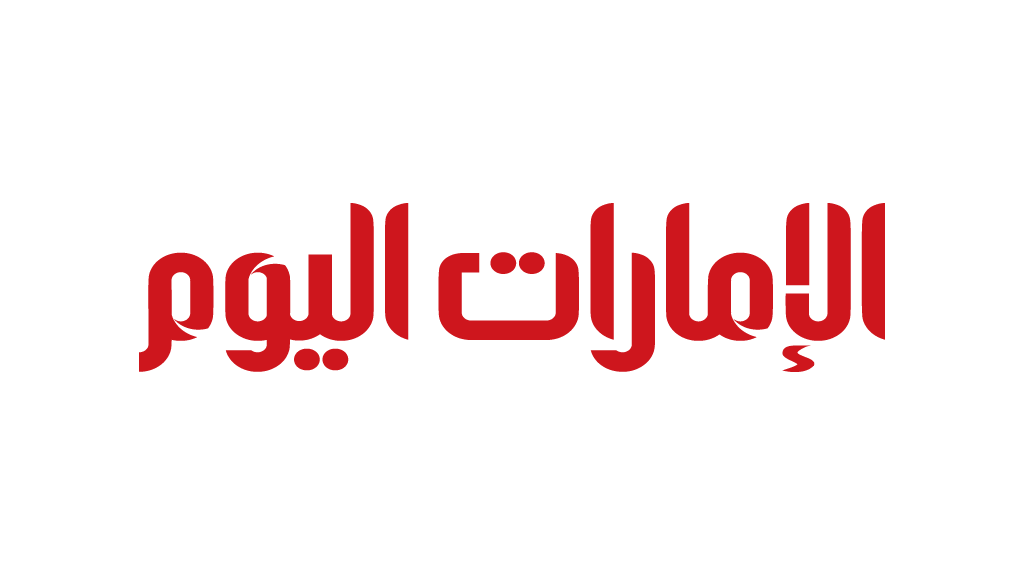Facebook, Wattsp and Entgram were largely interrupted a few days ago, as users were reportedly unable to upload images and videos, affecting the work of these platforms in the United States, Europe and other parts of the world.
DownTector, a platform that tracks site problems, has seen a dramatic rise in problems across some of the world's largest social networking platforms. And a large number of users to Twitter, to express their frustration with the mistakes and imbalances; not that the imbalance is not the first of its kind.
Users were unable to upload images, or even view them on instant chat software, which they did not get used to. Many people have been disappointed with platforms that are supposed to provide quality services to millions of people. A complete or partial interruption of service would confuse users, especially if the interruption occurred without notice.
It is a major challenge for global digital companies that have gained the trust of people and are now heavily dependent on their services. It is also a challenge for the pioneers of these networks to become their second home.
As usual, Facebook says it is solving problems; it recognizes that some people "are currently having trouble uploading photos, videos, and other files to our applications." It seeks to bring things back to normal as soon as possible. But the problems are recurring, and it seems that the giant platform does not have the ability to control the digital space frequented by more than a billion and a half billion people.
It is strange that Facebook and Entgram users moved to the rival site Twitter to express their alarm at the failures of the platforms. However, the latter has also suffered a disruptions; it is a constant problem with direct messaging.
The bugs were not limited to the sites mentioned but also included Google and Apple, whose services were heavily affected. It is reported that widespread disruption of service through Apple services is unprecedented in the UK.
The disruption of social networking in the United States has been unusually frequent this year. In May, Facebook faced what might be its worst break ever. At a time when the company always describes itself as a vital and vital infrastructure for modern society, making any disruption of service a problem, the company's unusual interpretations of users are unsatisfactory.
The Internet infrastructure is very complex, and it is often unclear to the public and IT experts whether the error has arisen in programs or devices or by malicious interference. Interestingly, these interruptions did not occur only in the United States, but also in different parts of the world.
These interruptions lasted for two weeks, sometimes, and technical problems in some of the most widely used locations in the world found different interpretations. Claude Flair, a platform on which many Internet services rely, provides protection from hackers, and problems that slow down their customers' sites. In one publication, the company said the reason was "bad drivers." The company insisted it was not a cyber attack.
With fears of new breakthroughs or technical malfunctions, users find themselves without a ploy against their usual platforms and become an essential part of their daily lives.

